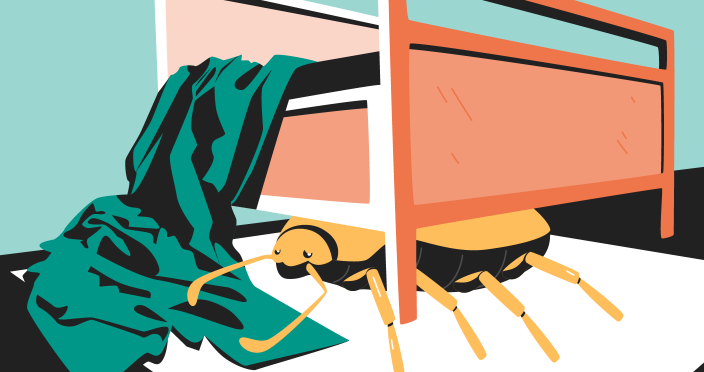The Metamorphosis is a surreal story that can and probably will leave many readers wondering. On this page, we’ve gathered the most popular questions about the novella. Here you’ll see the short answers, and by clicking on the links, you can see the full versions.
❓ The Metamorphosis Q&A
The Metamorphosis by Franz Kafka takes place in an unnamed European city. The primary setting is an apartment of the Samsa family. An entire story develops in Samsa’s house; its analysis becomes essential.
The novella ends with Gregor Samsa’s death and the family’s trip to the countryside. Gregor’s death has a symbolic meaning, as it freed them from suffering. The family feels a sense of relief because Gregor ceased to be a burden. They start making new plans for their future.
Kafkaesque describes the terrible and surreal experiences of people. In the story, the main character wakes up and understands that he is no longer a human. He is a gigantic insect. Another example of Kafkaesque in the story is that the character is responsible for his experiences.
The Metamorphosis is a symbolic story with several layers of meaning. It can be analyzed from social, religious, and psychological points of view. It can focus on different transformation aspects.
The primary literary devices used by Kafka include metaphor, allegory, irony, and imagery. Most of these techniques are related to figurative language. The novella has these devices in abundance.
The central one is the idea of a meaningless world. In the novella, the main character wakes up to find out that he became an insect. This phenomenon is impossible in real life – the whole story is an example of absurdity.
A novella is a short story, compared to more detailed narrative forms. There are not many characters, and it includes one storyline. It depicts an unexpected plot twist or ending. The Metamorphosis reveals the tragedy of a lonely person in the face of an absurd and meaningless fate.
After turning into a bug, most of the obstacles that Gregor from The Metamorphosis encounters are physical. The newly-attained insect body is foreign and hard to control. It contributes to emotional distress as the appearance is repulsive to Gregor.
One of the major symbols in The Metamorphosis is the door. There are multiple ways to interpret it in the book. It symbolizes a portal that separates Gregor from the beetle from his human parents and sister. The story also contains religious symbols, such as the apple and number 3.
Kafka’s novella is great for exploring existentialist themes. In it, Kafka invites the readers to ponder the essence of existence. Self-sacrifice, estrangement, and duty constitute the primary themes. Gregor Samsa’s fate revolves around these notions. It pushes him to the margins of his family and life.
The chief clerk is Gregor’s strict supervisor at his job. He visits the Samsas because his subordinate missed the morning train to work. The unfair boss is unhappy with Gregor’s absence and even hints that he might lose his position at the company.
In the book, the meaning behind the fur-dressed woman’s picture in Gregor’s room is sexual or romantic desire. It symbolizes the lack of fulfilling love in Gregor’s life.
Thanks for checking the page! If you have more questions about The Metamorphosis, consider our study guide via the links below.
